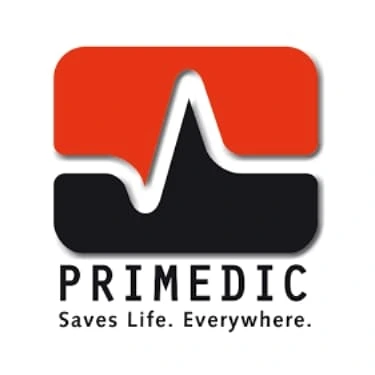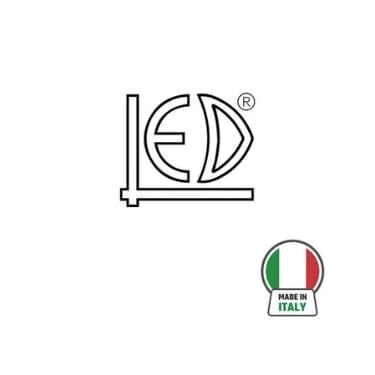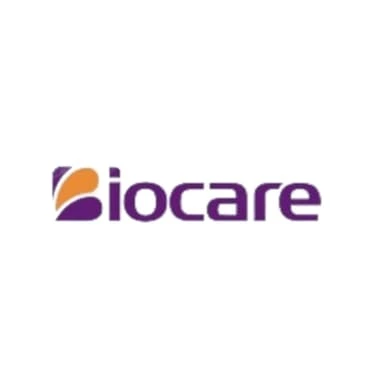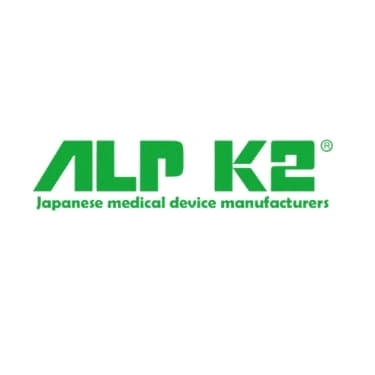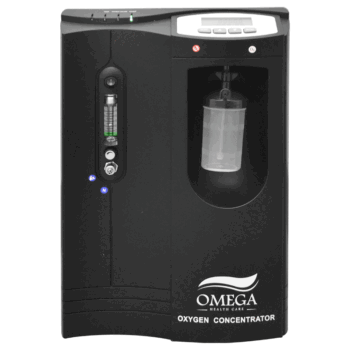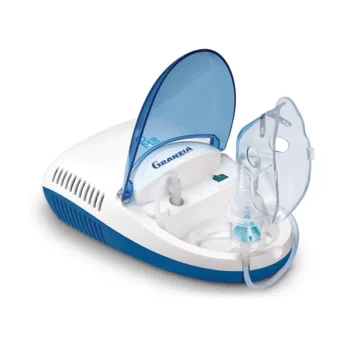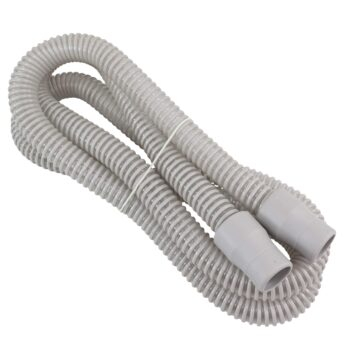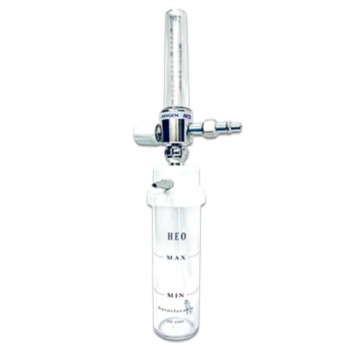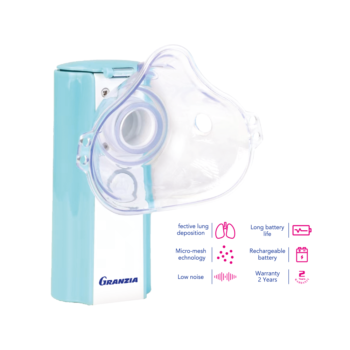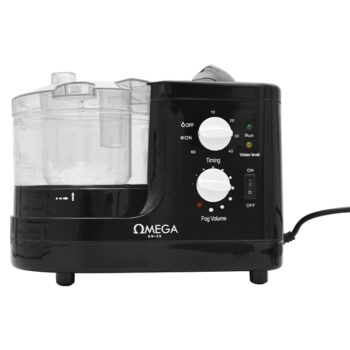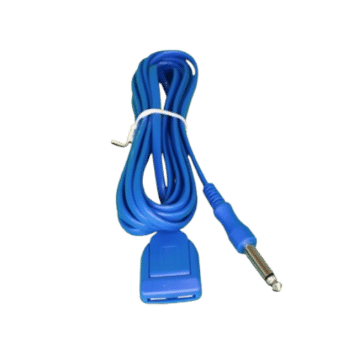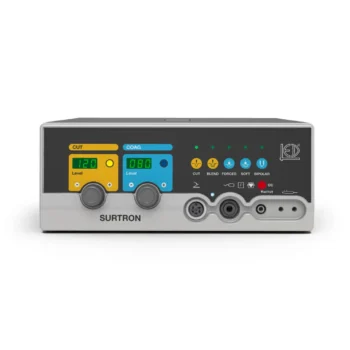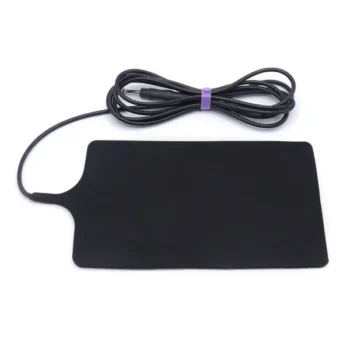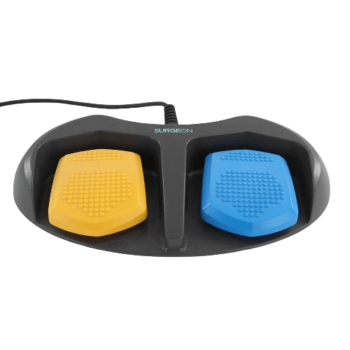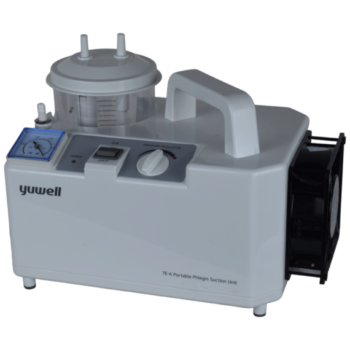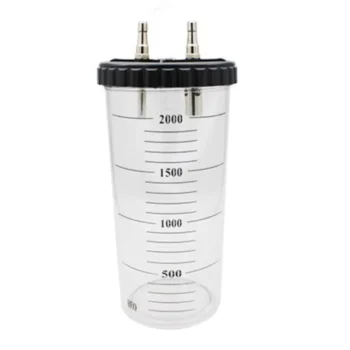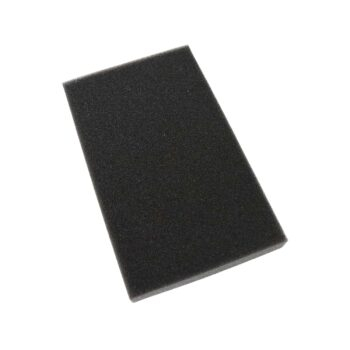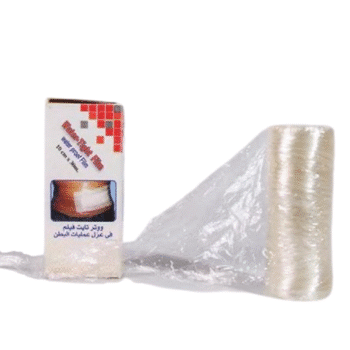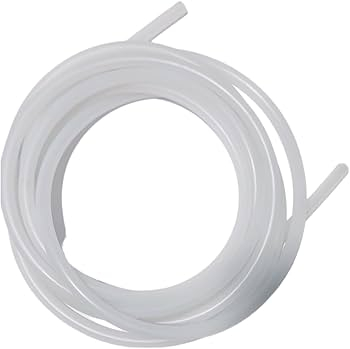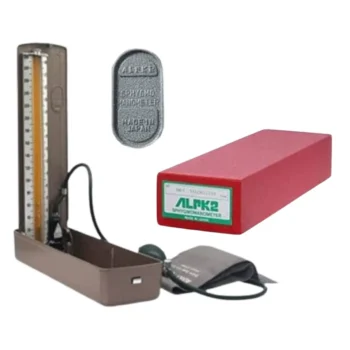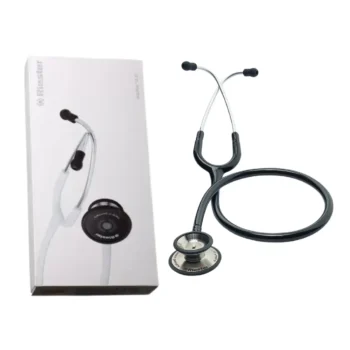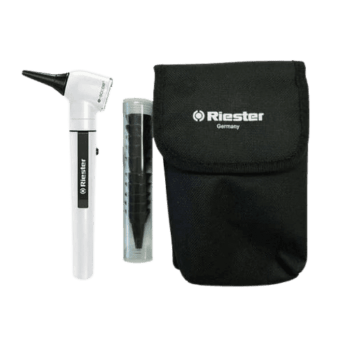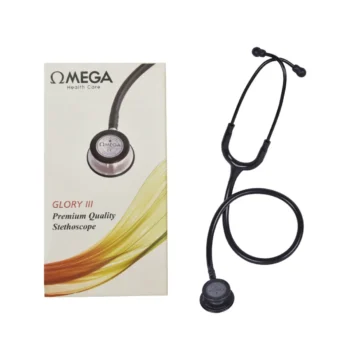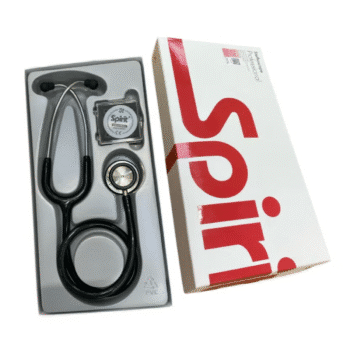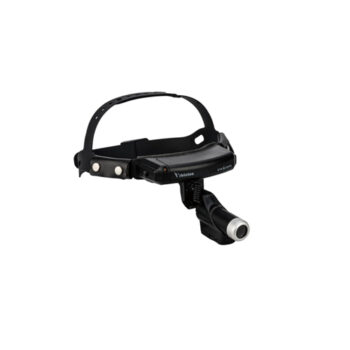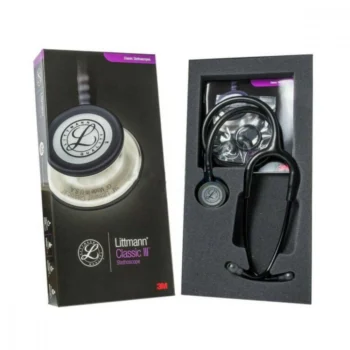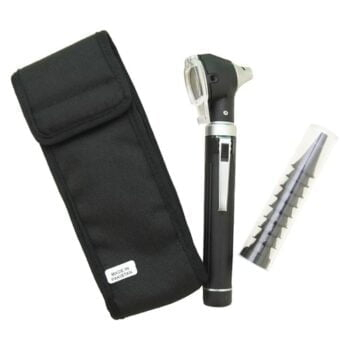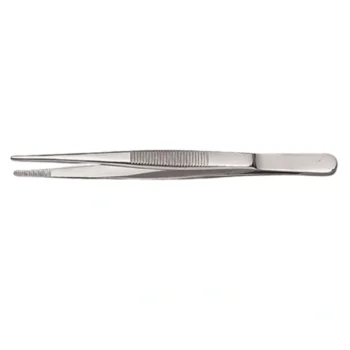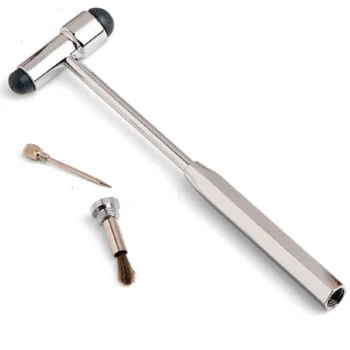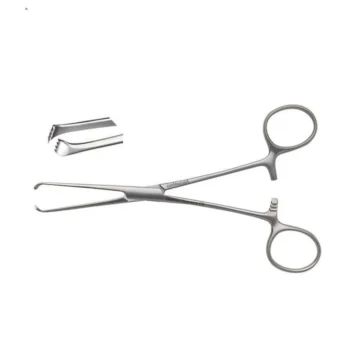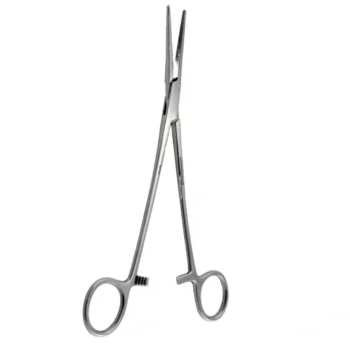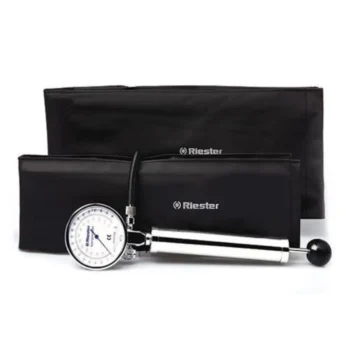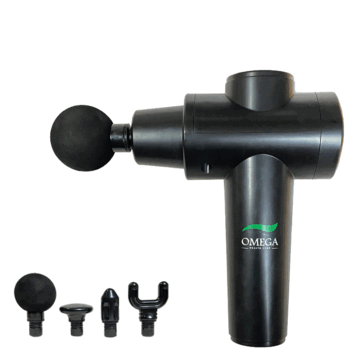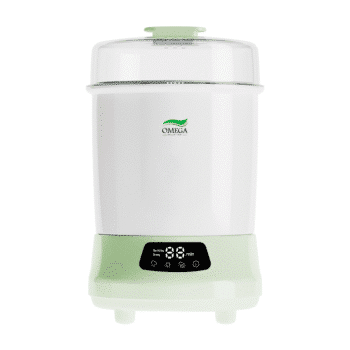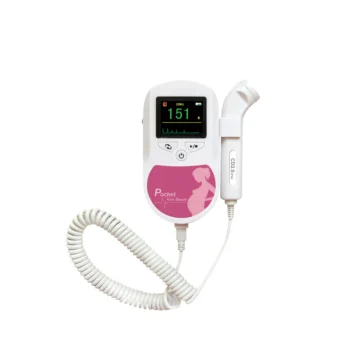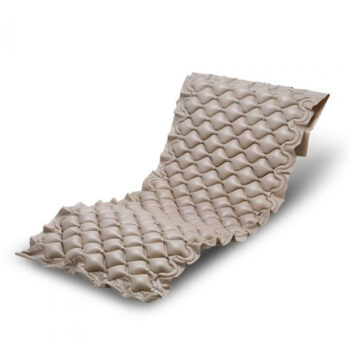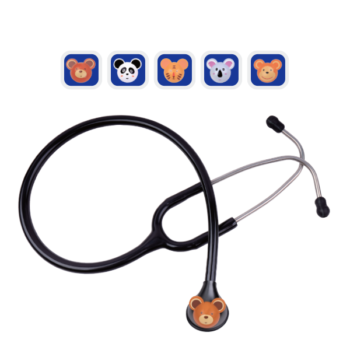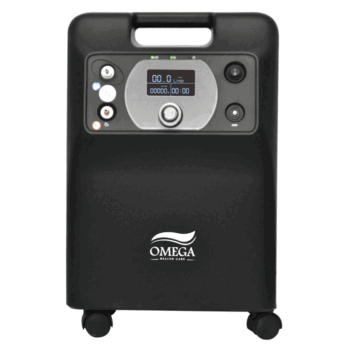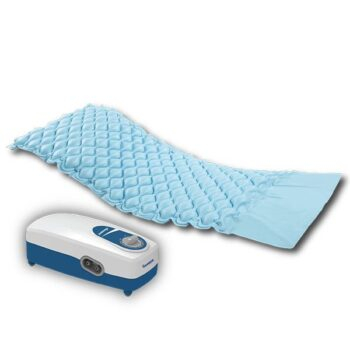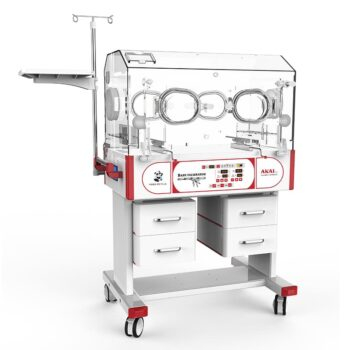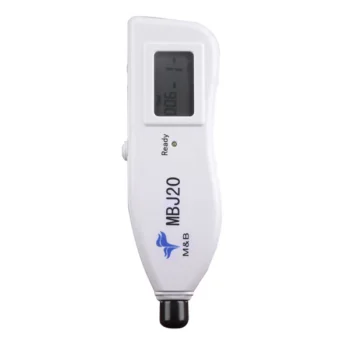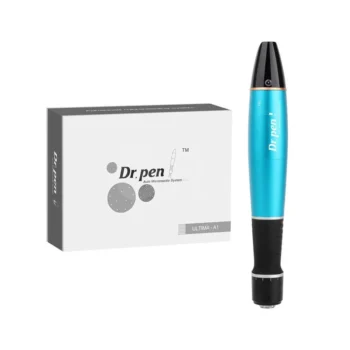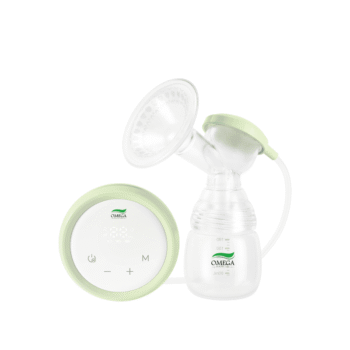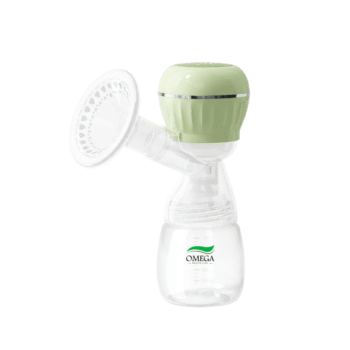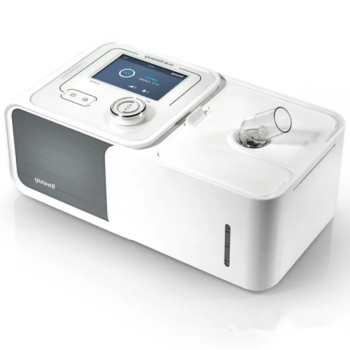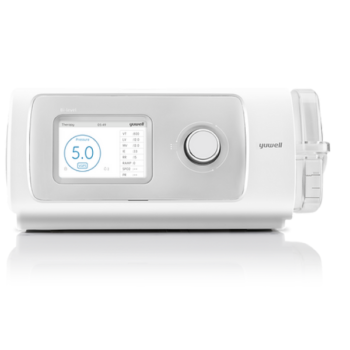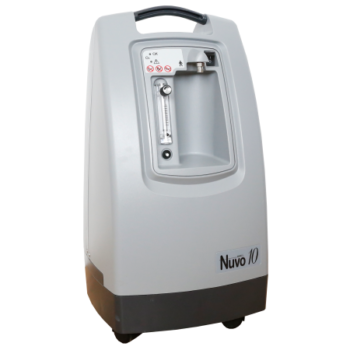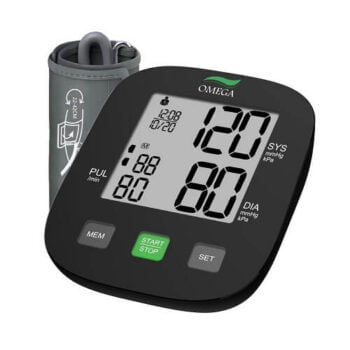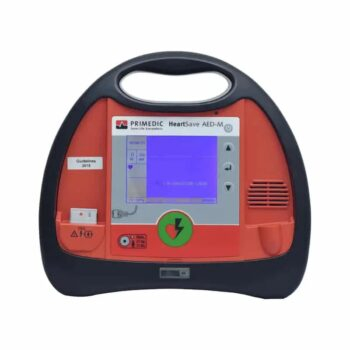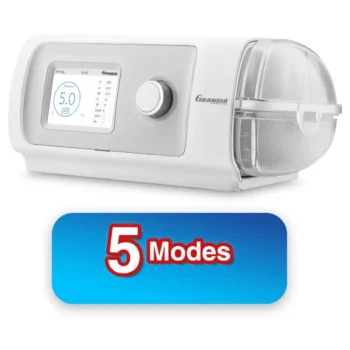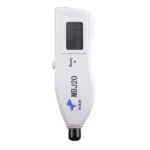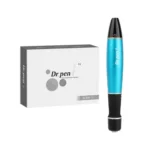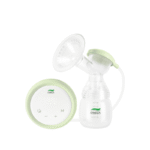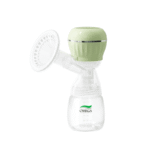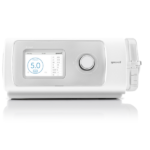
فئات مستلزمات طبية واجهزة طبية

Yuwell Fingertip Pulse Oximeter – Blood Oxygen Monitor
Rated 4.23 out of 5

Ultrasonic Nebulizer Omega UN-20 – Black Color
Rated 4.37 out of 5

Bipolar Forceps Pakistan | Surgical , Autoclavable
Rated 4.30 out of 5
850 EGP – 1.400 EGPPrice range: 850 EGP through 1.400 EGP

Diathermy LED SURTRON | 120 watt – Italy
Rated 4.13 out of 5

Universal Bipolar Cable – Compatible Medical Bipolar Electrosurgical Lead
Rated 4.26 out of 5
700 EGP

Suction Machine Yuwell 7e a – 1litre
Rated 4.14 out of 5

Suction Bottle | Autoclavable 121°C
Rated 4.30 out of 5
450 EGP – 650 EGPPrice range: 450 EGP through 650 EGP

Machine Suction Granzia Aspitop
Rated 4.24 out of 5

ALPK2 Sphygmomanometer – Mercury Blood Pressure Monitor
Rated 4.09 out of 5

Riester Stethoscope Duplex 2.0
Rated 4.29 out of 5

Riester Otoscope – German-Made
Rated 4.17 out of 5

Spirit Stethoscope Original Professional Model
Rated 4.41 out of 5

Bistos Headlight BT 410F |LED Headlamp
Rated 4.33 out of 5

Littmann Stethoscope Classic 3 – Professional Dual-Sided
Rated 4.27 out of 5

جفت طبي للتشريح – Tissue Forceps
Rated 4.23 out of 5
90 EGP – 120 EGPPrice range: 90 EGP through 120 EGP

Hegar Dilator Set | Anal/Uterine Dilators – 16 Sizes
Rated 4.19 out of 5

Medical Hammer | Tendon Hammer & Reflex
Rated 4.37 out of 5
190 EGP – 220 EGPPrice range: 190 EGP through 220 EGP


Artery Forceps RNE – Pakistan
Rated 4.08 out of 5
220 EGP – 250 EGPPrice range: 220 EGP through 250 EGP

Autoclave Drum – Stainless Steel Dressing Drums
Rated 4.29 out of 5
300 EGP – 1.400 EGPPrice range: 300 EGP through 1.400 EGP

Medical Hammer | Tendon Hammer & Reflex
Rated 4.37 out of 5
190 EGP – 220 EGPPrice range: 190 EGP through 220 EGP

Bottle Sterilizer and Dryer – Singapore
Rated 4.20 out of 5

Fetal Doppler Sonoline C1 -Baby Heartbeat Monitor
Rated 4.33 out of 5

Air Mattress Anti Bedsore BM-100 & APM-800
Rated 4.57 out of 5
1.600 EGP – 3.100 EGPPrice range: 1.600 EGP through 3.100 EGP

كرسي متحرك لكبار السن وللمعاقين للاوزان الثقيلة 180 كيلو
Rated 4.47 out of 5

جهاز قياس ضغط ديجيتال – سنغافوري
Rated 4.48 out of 5

كرسي متحرك لكبار السن وللمعاقين للاوزان الثقيلة 180 كيلو
Rated 4.47 out of 5

DC Shock Primedic (HeartSave AED M)
Rated 4.43 out of 5

Spirit Stethoscope Original Professional Model
Rated 4.41 out of 5

Machine Bipap Granzia 30 Pressure – Italy
Rated 4.40 out of 5

Ultrasonic Nebulizer Omega UN-20 – Black Color
Rated 4.37 out of 5

C PAP Machine – Singapore-Made
Rated 4.35 out of 5

Bistos Headlight BT 410F |LED Headlamp
Rated 4.33 out of 5
التوكيلات التجارية



